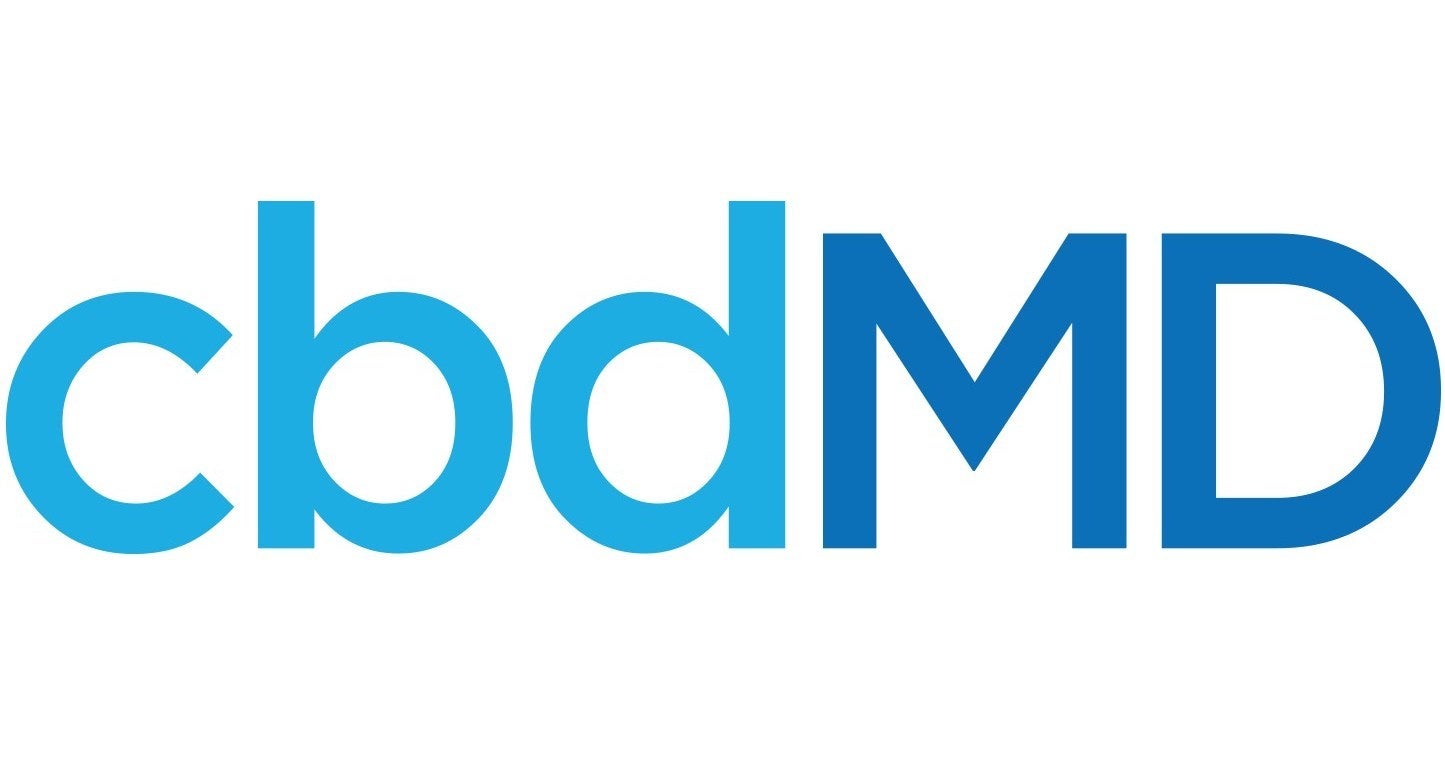Mounting Service Demands
Cornell Cooperative Extension (CCE) educators connect Cornell University research with individuals and families in neighborhoods, homes, workplaces, and schools across New York. CCE’s mission is to help residents raise children, save money, conserve energy, grow and prepare food, sustain farms, grow businesses, and protect the environment.
CCE’s 1,500 employees serve residents in 56 New York counties and the five New York City boroughs with programs customized for each county, says Sarah Fox Dayton, CCE Associate Director. Like the Lake Ontario Fruit Program, special programs facilitate collaboration and services across several counties. In addition, 12 Taste NY retail outlets sell food and crafts made in the state. The $90-million CCE operation receives support from public, state, local, and federal funds as well as grants and contracts.
CCE County office staff range from two people serving the sparsely populated Hamilton County in the heart of the Adirondacks to over 200 in the populous Suffolk County. Suffolk County offers a marine program, comprehensive agriculture programs, and several 4-H youth camps that serve 1.5 million Long Island residents. Each county extension operates independently and employs an executive director and finance officer.
Operational Inefficiencies
All CCE data rolls up to a central finance team, which conducts reporting, analysis, and program and grant tracking. Since the legacy Sage system could not provide the reporting or the financial oversight that CCE needed, the finance team manually processed data on spreadsheets. Furthermore, the legacy software could not adequately monitor compliance across the enterprise.
“We were using a legacy Sage system, which wasn’t in the cloud and was pretty antiquated. It ran on Citrix,” says Elizabeth Klug, SBN Regional Finance Lead. “We only did a few upgrades and knew we were way behind the times. We missed upgrades because they took a lot of time, especially when working with 65 tenants or databases.”
CCE also used the legacy Sage system for financial reporting and managed fixed assets separately. Every office tracked customers differently. They recorded cash receipts in Excel and sent the spreadsheet to a finance person, who had to enter the data into the system.
Getting month-end reports or program financial status updates took more than a month. Since county staff often entered finance data (cash receipts) in monthly batches, acquiring an accurate financial picture proved even more challenging.
The lack of access to timely and accurate information frustrated county executive directors.
“I wasn’t able to provide information on the spot when someone asked me about a certain number,” says Robert Batt, Executive Director of CCE in Orleans County. “It typically would take me 24-to-48 hours to answer a question. Finding an answer often meant walking down the hall and digging through a filing cabinet or calling someone in finance. Sometimes they had to talk to regional representatives. It took a lot of extra steps to get information that should have been at our fingertips.”
Meanwhile, only 56 employees could access the legacy financial system due to limited licenses. Since it operated on aging servers, the sluggish legacy software crashed frequently and could not efficiently support remote operations. When the Covid-19 Pandemic shut down the state, working remotely created many new challenges.
Lack of Grant and Program Tracking
CCE wanted a new solution that “primarily was cloud-based to bring us into the current century,” says Roxanne Churchill, an SBN Regional Finance Lead. “We also needed it to be very user-friendly because we have a wide range of skills and abilities across the CCE. We also wanted to make sure that we had what we needed for all people and all things; a one-stop-shop, where we could find all information – especially grants and contracts – in one place without having to look at extra spreadsheets.”
In addition, CCE needed an affordable system that could provide fund accounting, easily manage restricted funds and grants, and support numerous users. “If we wanted to involve everyone, we could potentially have thousands of users, and we needed to make sure it wasn’t going to be cost-prohibitive,” Churchill says.
 Canada (English)
Canada (English)
 Colombia
Colombia
 Caribbean and Puerto Rico
Caribbean and Puerto Rico
 Ecuador
Ecuador
 India
India
 Indonesia
Indonesia
 Ireland
Ireland
 Malaysia
Malaysia
 Mexico
Mexico
 Panama
Panama
 Peru
Peru
 Philippines
Philippines
 Singapore
Singapore
 South Africa
South Africa
 Sri Lanka
Sri Lanka
 Thailand
Thailand
 United Kingdom
United Kingdom
 United States
United States








